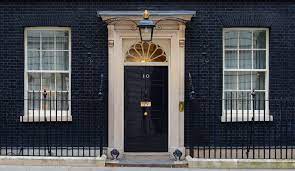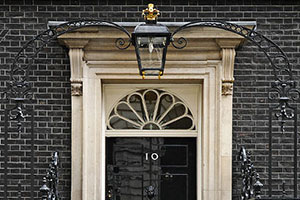The Spring Statement is when boosterism has to confront cold reality for the housing sector. Maybe no help is coming yet.
Back in the autumn it all seemed different. One delegate had described the Labour Party Conference as more of a housing summit, so dominated it was by discussions on how to get the nation building again.
Lots of announcements have come forward since but none are game changers. Meanwhile, events have taken their own course.
The OBR’s estimate for economic growth is set to be reduced to just 1 per cent for 2025. Trumpism, trade disputes and European rearmament mean housing investment has fallen down the pecking order.
The decision to increase employers’ national insurance has resulted in higher costs for business. There has been no protective shield for developers and builders. Witness a sharp slowdown in hiring.
Meanwhile, with growth not where it needs to be, the Chancellor is forced to take money out of the system. Disability benefit cuts and civil service reductions were trailed as part of tomorrow’s Statement.
At a macro level, the Government has two options. Both politically difficult. First, perhaps easier for Labour membership, is inject money into the system to pay for the affordable housing requirements this country needs.
The second, much harder. A deeper regulatory reboot recognising brownfield land is now commercially unviable for housing development. The maths no longer works.
It appears for now it wishes to choose neither. Instead, it follows the road much travelled by Governments – put the trade-offs onto the sector. The Chancellor had declared there would be no more tax rises. But that did not mean there would be no more levies.
Step forward the Building Safety Levy another tax on development. Rather than consolidate taxes the housing sector now has an additional charge. This was at least anticipated but no one expected the amount to be so high – another roughly £5,000 per home in London.
There is some money available for social housing. £2bn for 18,000 social homes. Again the maths fails – that’s roughly £110k per unit, simply not enough when each home will cost in excess of £200k and that’s before land and professional fees. The Government assumes private capital will take the hit. It won’t anymore.
Perhaps to soften the blows, the Chancellor had announced the previous weekend £600 million worth of investment to train up to 60,000 more skilled construction workers to meet the challenge of 1.5 million new homes. There was limited detail on who would train them and how they could be retained. The drop out rates are high. Most critically, where are the jobs going to come from with brownfield land firmly stuck, permissions falling and starts declining.
The Government needs to tone down the press releases and bring in specialists to help it solve for brownfield land. There’s still a huge opportunity to correct the housing crisis but for now, we are still some way off seeing solutions which make the difference.








